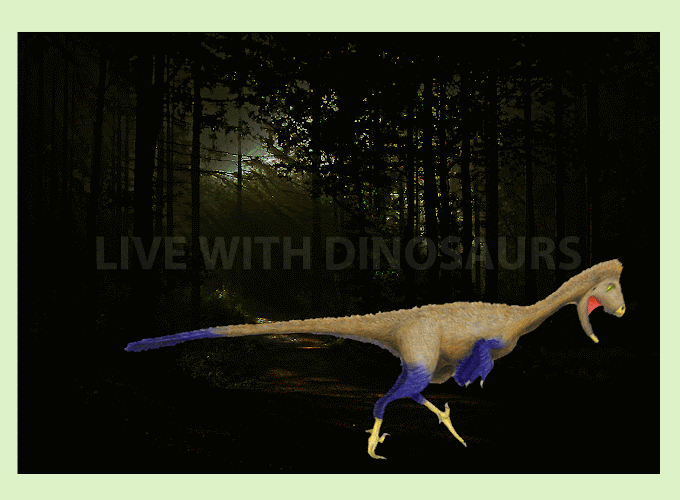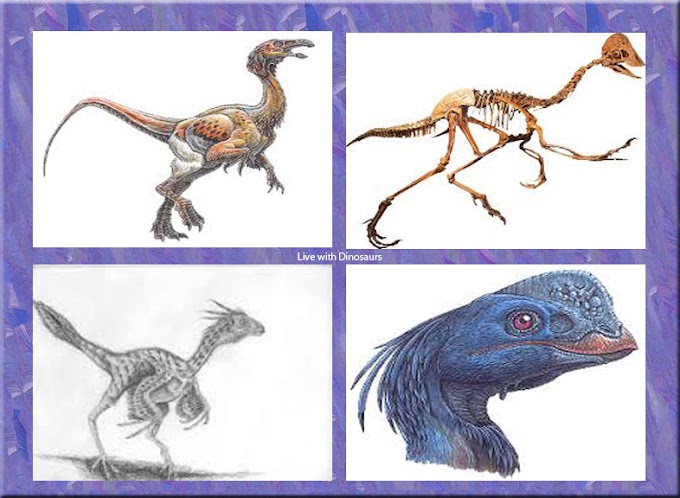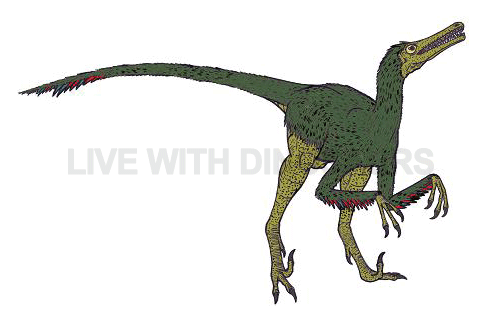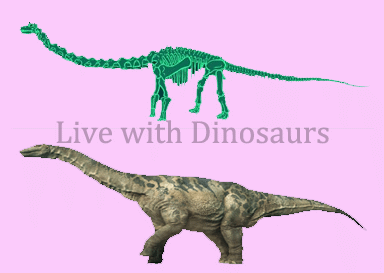The Aublysodon is a rapacious dinosaur named by Joseph Leidy in 1868. Indeed, even before the barren wasteland of North America began illuminating the bones of Tyrannosaurus rex, numerous scientistss from the late nineteenth century chose that since a long time ago, pointed teeth turning up in numerous areas in the Western United States had a place with the deadliest, most brutal dinosaurs that ever lived. Dangerously, as of now, numerous dinosaur taxons were named for secluded teeth; such genera incorporate Trachodon, Paleoscincus, and Troodon. Researchers named are specific taxon Aublysodon. From that point forward, over twelve sort of this as far as anyone knows fearsome theropod have been portrayed.
English name: Blunt tooth
Sustenance: Flesh
Living period: Late Cretaceous
Found in: North-america and China
Length: 1.5 m. (4.5 ft.)
Short Description: The Aublysodon lookes like the Tyrannosaurus however is littler.
Grouping:
Family: Aublysodontidae
Infraorder: Tetanurae
Underorder: Theropoda
Request: Saurschia
The primary post-dentary stays of Aublysodon were a halfway skull uncovered in Montana in the 1980s. The skull bore the same guided teeth joined toward a since quite a while ago decreased skull the length of a normal human arm. This adaption looks like that of theropods intended for eating fish. Popular dinosaurologist and paleoartist Gregory S. Paul chose the skull ought to have a place with another class, Aublysodon molnari. Shockingly, with just this incomplete skull and disconnected teeth, not very many different points of interest can be given about this subtle creature. We do realize that Aublysodon Dinosaurs was broad; its remaining parts have been found in numerous areas.
Aublysodon Dinosaurs is currently at National Museum of Natural History. Similarly as with some different theropods, numerous scientistss no more utilize Aublysodon as a substantial variety. It is presently widely thought to be only an adolescent Tyrannosaurus rex, because of longer teeth and bigger eyes normal for more youthful examples of that species.












0 Comments